Minister Tran Hong Minh said that the investment in the Lao Cai - Hanoi - Hai Phong railway project plays an important role, has a long-term strategic nature, is very large in scale, and requires complex technical technology.
Delegates give advice
On the afternoon of February 14, the National Assembly discussed in groups the investment policy for the Lao Cai - Hanoi - Hai Phong railway construction project; the submission and review report on the draft Resolution of the National Assembly to pilot a number of specific and special mechanisms and policies to develop the urban railway network system in Hanoi and Ho Chi Minh City.
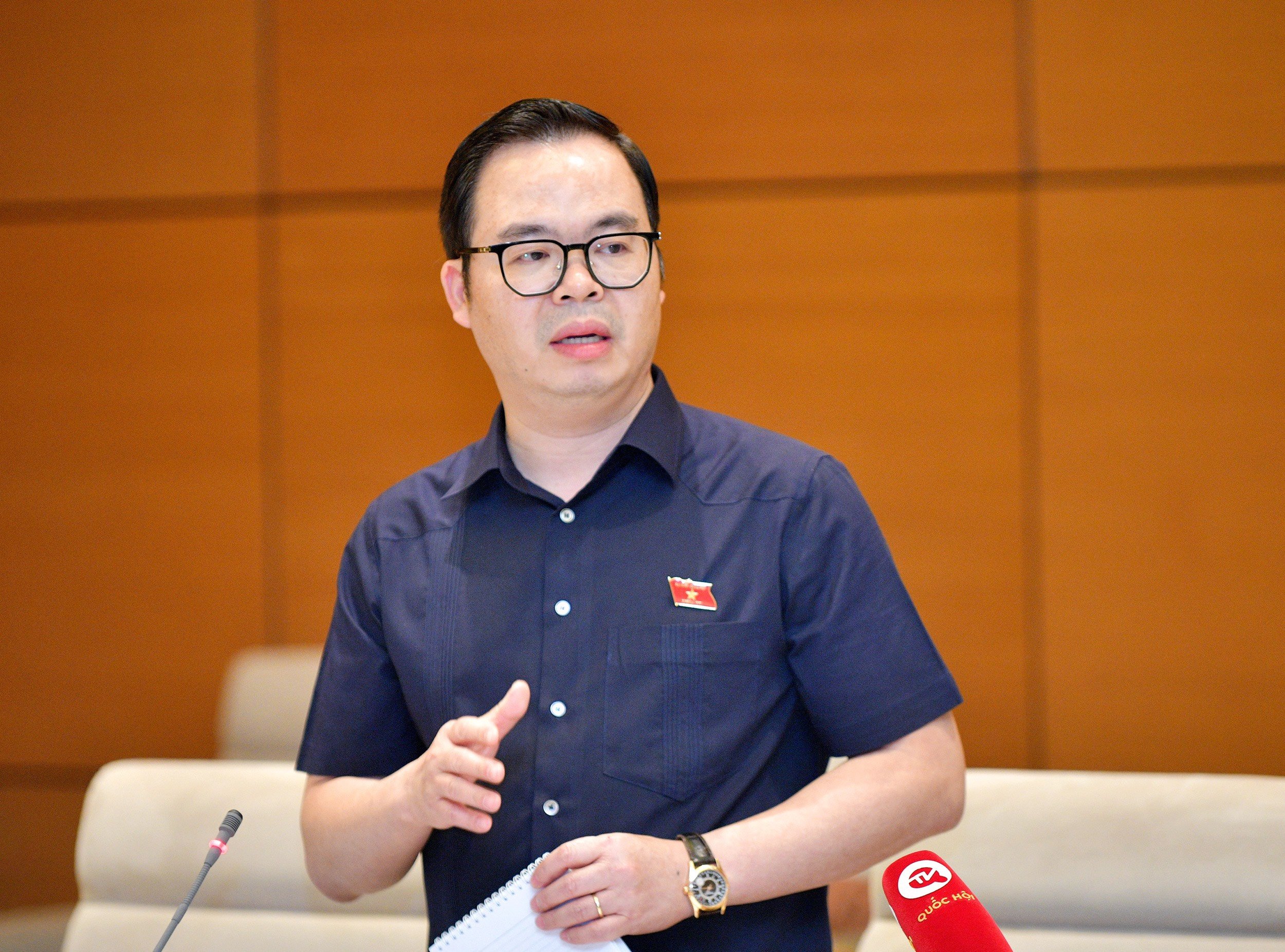
Delegate Tran Van Khai spoke during the discussion.
Giving comments, delegate Tran Van Khai, Standing Member of the Committee for Science , Technology and Environment, analyzed in detail the feasibility of each policy in the proposal on the investment policy of Lao Cai - Hanoi - Hai Phong railway and proposed solutions for implementation.
According to the delegate, regarding the policy on investment capital, the Government proposed using state budget capital in combination with ODA loans and mobilizing socialized capital. The use of ODA is reasonable due to low interest rates, but public debt capacity and binding conditions from donors must be taken into account.
Furthermore, the limitation is that the ODA loan negotiation time can be prolonged, slowing down the project progress. Not to mention, mobilizing social capital is difficult because the commercial value of the railway is not high.
Therefore, delegates proposed considering BOT or PPP options with risk-sharing mechanisms to attract investors; promoting public-private partnerships with logistics and seaport enterprises to increase financial efficiency.
Regarding the policy on planning and infrastructure connection, the project is consistent with the master plan of the national railway network, with the potential to connect with China via Lao Cai and Hai Phong seaport.
However, delegates said it is necessary to ensure synchronization with other railway lines; site clearance may be difficult in densely populated areas.
Therefore, delegates proposed close integration with the planning of the North-South high-speed railway and international transit routes; have clear compensation and resettlement policies, and speed up site clearance progress.
Regarding technology policy and technical standards, the Government proposes to apply modern technology and international standards to ensure competitiveness. However, the drawback here is the high initial investment cost, which can put pressure on the budget. High technology requires highly skilled operating personnel, while training can take a long time.
Delegates suggested learning from the experiences of countries with advanced railway systems such as Japan and Germany; having a human resource training policy right from the beginning of project implementation.
Regarding the policy on operation and exploitation, the Government plans to divide investment into phases, reduce financial pressure and increase exploitation efficiency.
Delegate Khai analyzed that if following that plan, maintenance and operation need a professional management model to avoid losses. Therefore, it is necessary to build a management model in the direction of enterprises operating independently, with state supervision.
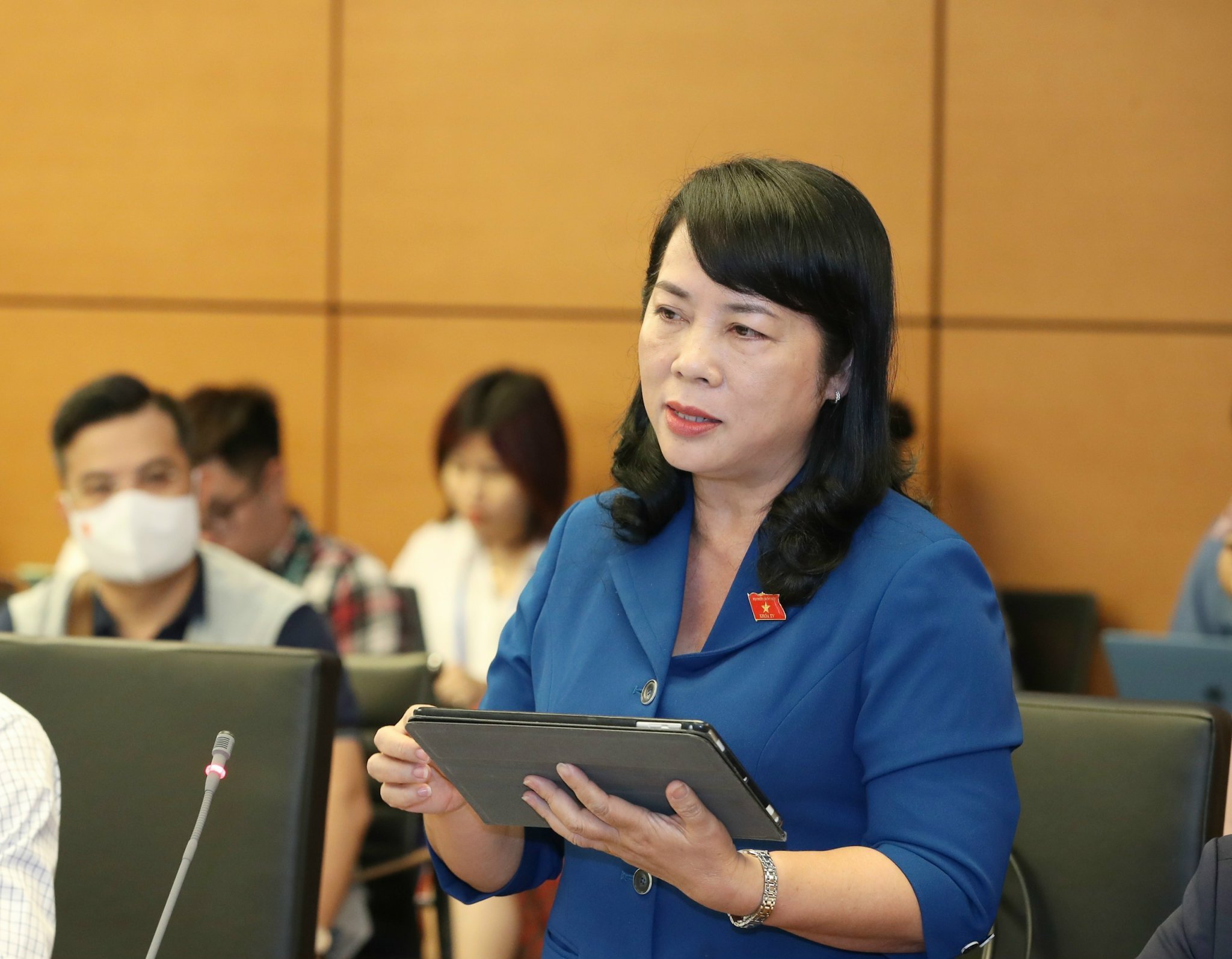
Delegate Tran Kim Yen, Ho Chi Minh City delegation
According to delegate Tran Kim Yen (HCMC), the project requires a huge amount of capital. Therefore, it is necessary to carefully evaluate the financial plan as well as the impacts during the operation and exploitation of the project to minimize future risks.
In addition, in the context of many large projects being launched, the Government needs to clarify further the urgency of the project so that delegates can feel secure when pressing the approval button.
Mobilize all resources for implementation
Speaking at the meeting, Minister of Transport Tran Hong Minh thanked and acknowledged the delegates' comments and said he would fully absorb and revise them.
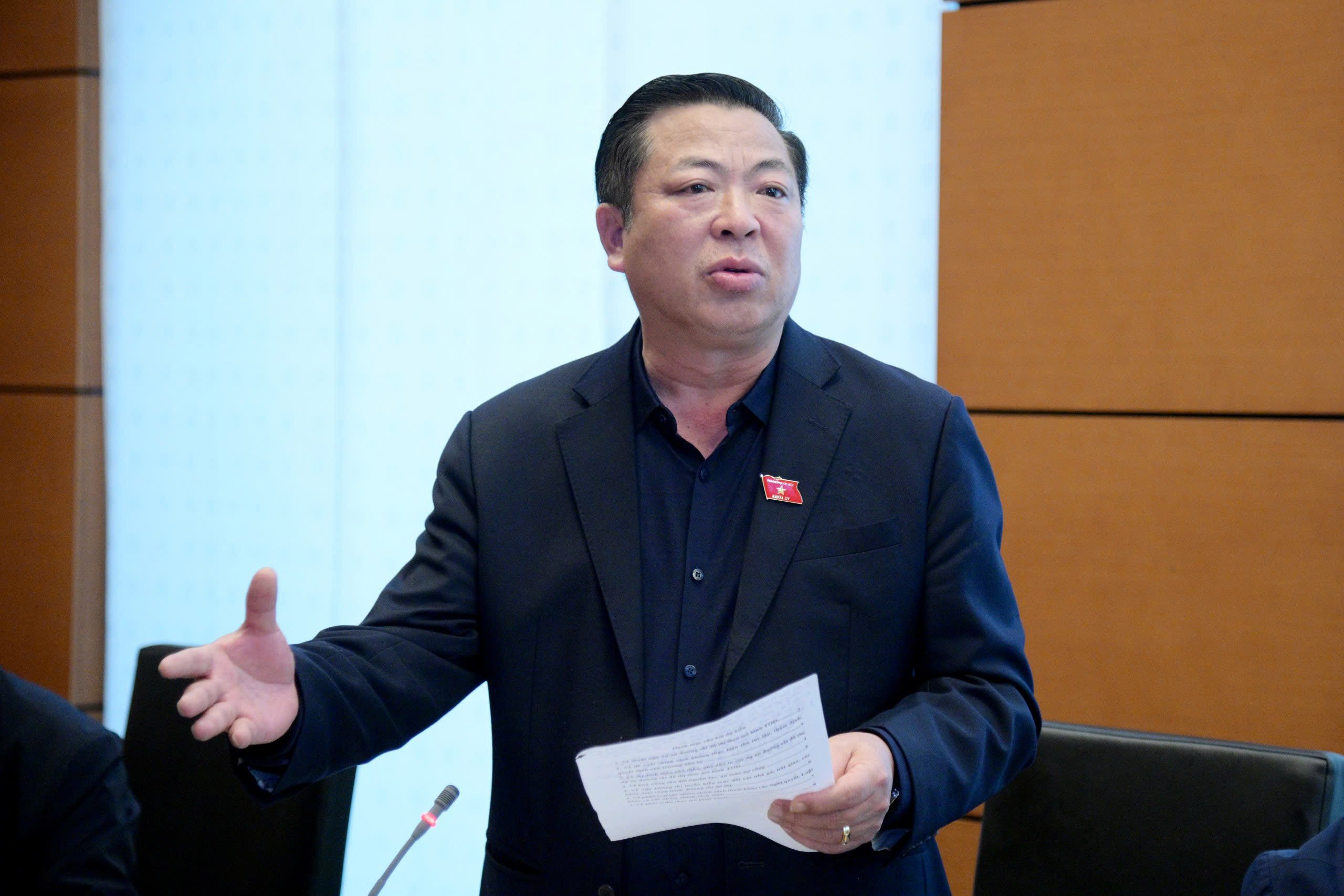
Minister of Transport Tran Hong Minh spoke at the meeting on the afternoon of February 14.
Sharing more, Minister Tran Hong Minh said that in order to develop the draft proposal for investment policy of the Lao Cai - Hanoi - Hai Phong railway project and the draft Resolution of the National Assembly to pilot a number of specific mechanisms and policies, especially to develop the urban railway network system in Hanoi and Ho Chi Minh City, the relevant departments are making great efforts to complete it in a very urgent time.
"During the past time, we have been working from 1 to 2 am almost every day, very hard. However, when assigned a task, everyone must make an effort, uphold a sense of responsibility, try their best, and complete the assigned task in the best way possible," the Minister shared.
The Minister of Transport said that investment in the Lao Cai - Hanoi - Hai Phong railway project is necessary, not only to meet the country's development needs but also to strengthen international connectivity.
According to the National Master Plan, the Lao Cai - Hanoi - Hai Phong economic corridor has the second largest demand for passenger and cargo transport in the country, after the Eastern North - South economic corridor. At the same time, this corridor plays a strategic role between Vietnam and China.
Project investment plays an important role, has long-term strategic significance and is very large in scale, requiring complex technical technology.
Therefore, to ensure the feasibility and effectiveness of the project, it is necessary for the Government to propose to the National Assembly to allow the application of a number of specific and special mechanisms and policies.
Regarding the National Assembly's Resolution on specific and special policies and mechanisms to develop the urban railway network system in Hanoi and Ho Chi Minh City, the Minister said that urban railways are the "backbone" of the urban public transport system.
Investing in urban railway development is an objective necessity, an important and fundamental solution for modern and sustainable urban development, associated with environmental protection and climate change response.
The drafting of the National Assembly Resolution aims to mobilize all legal resources, shorten the implementation progress as much as possible, and effectively exploit land resources.
At the same time, strongly decentralize and delegate power to the two cities to realize the Resolutions and conclusions of the Central Executive Committee and the Politburo.
According to the Government's Proposal, the Lao Cai - Hanoi - Hai Phong railway project has a main line length of about 390.9km and 3 branch lines of about 27.9km. The starting point is at the rail connection point across the border between the new Lao Cai station and Ha Khau Bac station (China), in Lao Cai city; the end point is at Lach Huyen wharf area, in Hai Phong city.
The project passes through 9 provinces and cities: Lao Cai, Yen Bai, Phu Tho, Vinh Phuc, Hanoi, Bac Ninh, Hung Yen, Hai Duong, Hai Phong. The total preliminary investment is about 203,231 billion VND (about 8.369 billion USD).
Regarding capital, the Government proposes that capital sources for the project include the State budget (central and local), domestic capital, foreign capital (loans from the Chinese Government) and other legal capital sources.
Regarding investment scale, build a new electrified railway line with a gauge of 1,435mm, transporting both passengers and goods.
In which, the main line from the new Lao Cai station to Nam Hai Phong station has a design speed of 160km/h, the section through the Hanoi hub area has a design speed of 120km/h, the connecting sections and branch lines have a design speed of 80km/h.
According to the expected progress, the project will have a feasibility study report prepared from 2025, striving to basically complete it by 2030.
To implement the project, the Government proposed applying 19 specific and special mechanisms and policies, of which 15/19 mechanisms and policies have been approved by the National Assembly to be applied to the high-speed railway project on the North-South axis and adding 4 new mechanisms and policies.
Source: https://www.baogiaothong.vn/bo-truong-tran-hong-minh-tuyen-duong-sat-83-ty-usd-mang-tinh-chien-luoc-dai-han-192250214190033015.htm


![[Photo] Party and State leaders attend the special art program "You are Ho Chi Minh"](https://vphoto.vietnam.vn/thumb/1200x675/vietnam/resource/IMAGE/2025/5/18/6895913f94fd4c51aa4564ab14c3f250)

![[Photo] Ready for the top competitions of Vietnamese table tennis](https://vphoto.vietnam.vn/thumb/1200x675/vietnam/resource/IMAGE/2025/5/18/9c547c497c5a4ade8f98c8e7d44f5a41)
![[Photo] Many young people patiently lined up under the hot sun to receive a special supplement from Nhan Dan Newspaper.](https://vphoto.vietnam.vn/thumb/1200x675/vietnam/resource/IMAGE/2025/5/18/6f19d322f9364f0ebb6fbfe9377842d3)





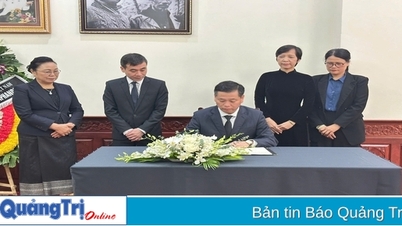


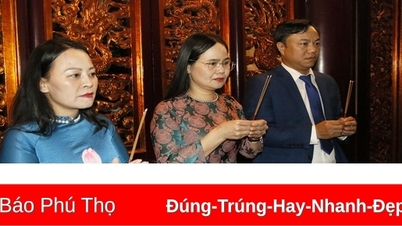
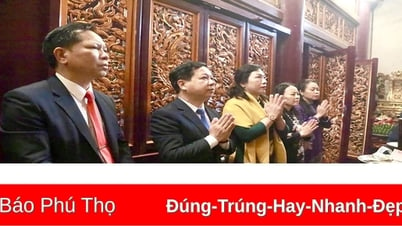
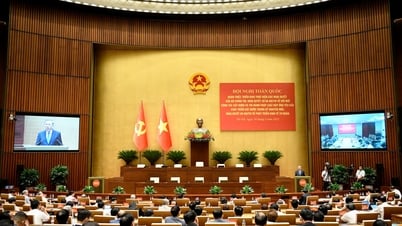



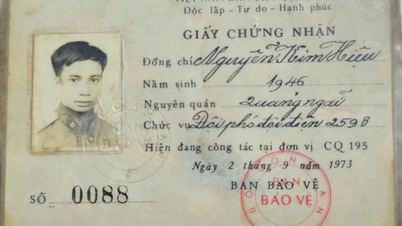



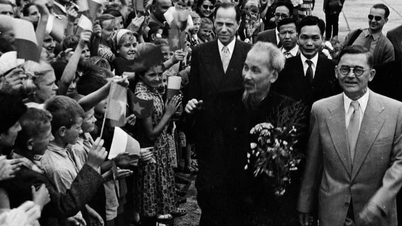

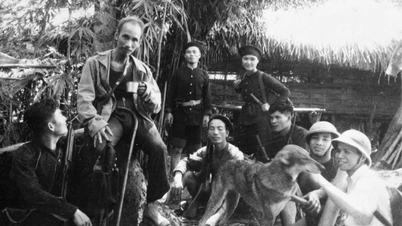




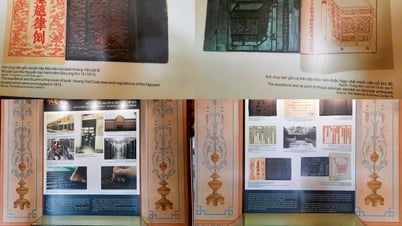











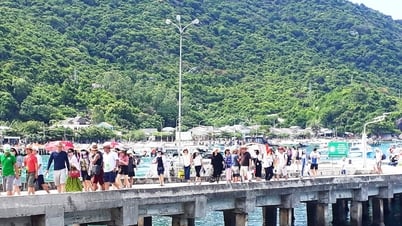









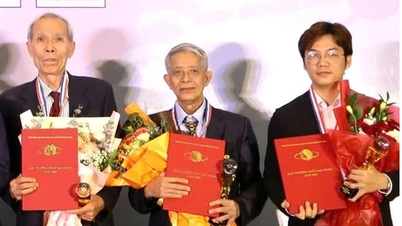





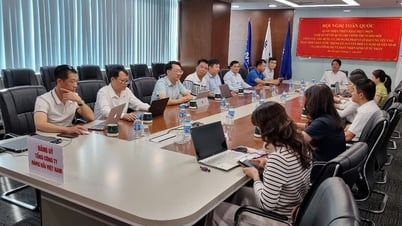


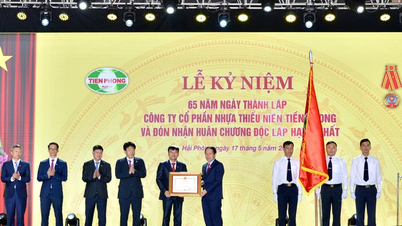


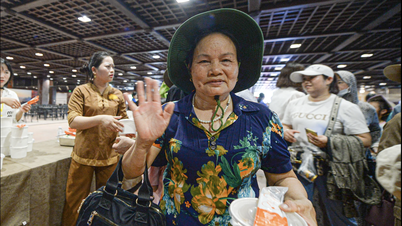

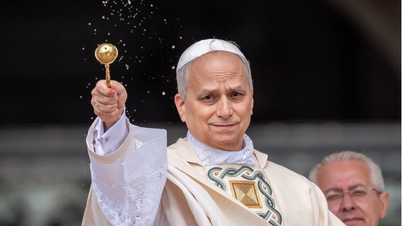




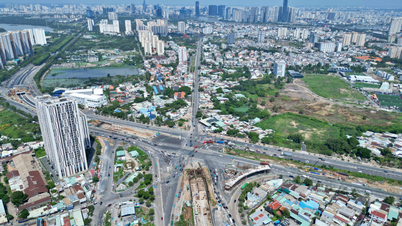
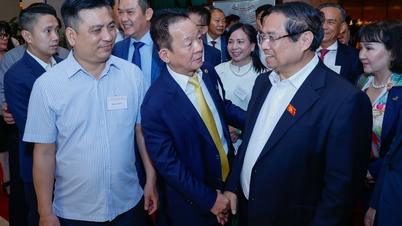
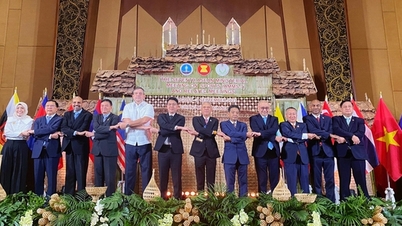

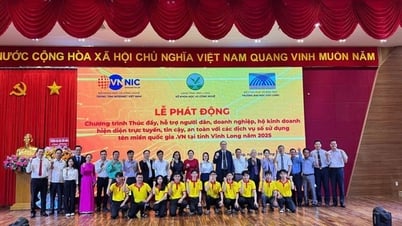

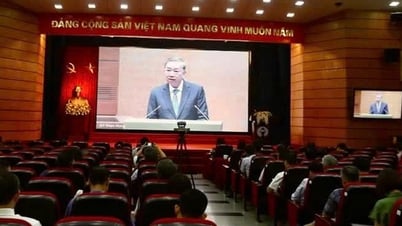
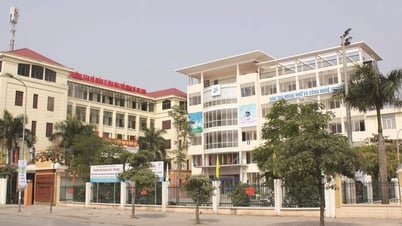

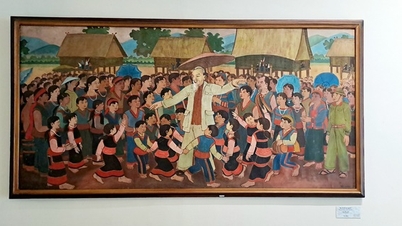


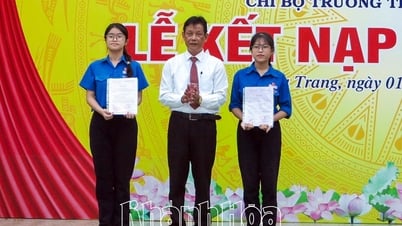
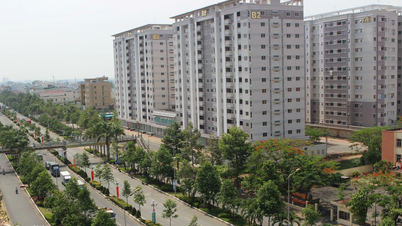

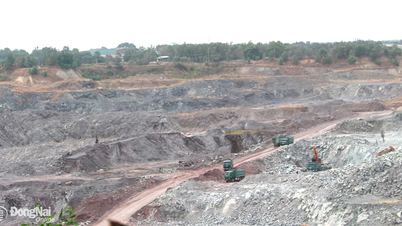
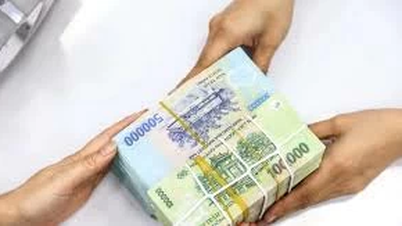
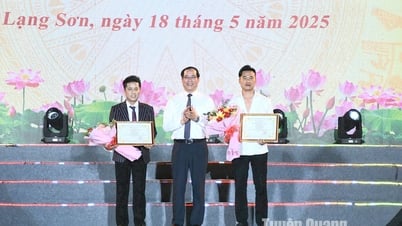











Comment (0)